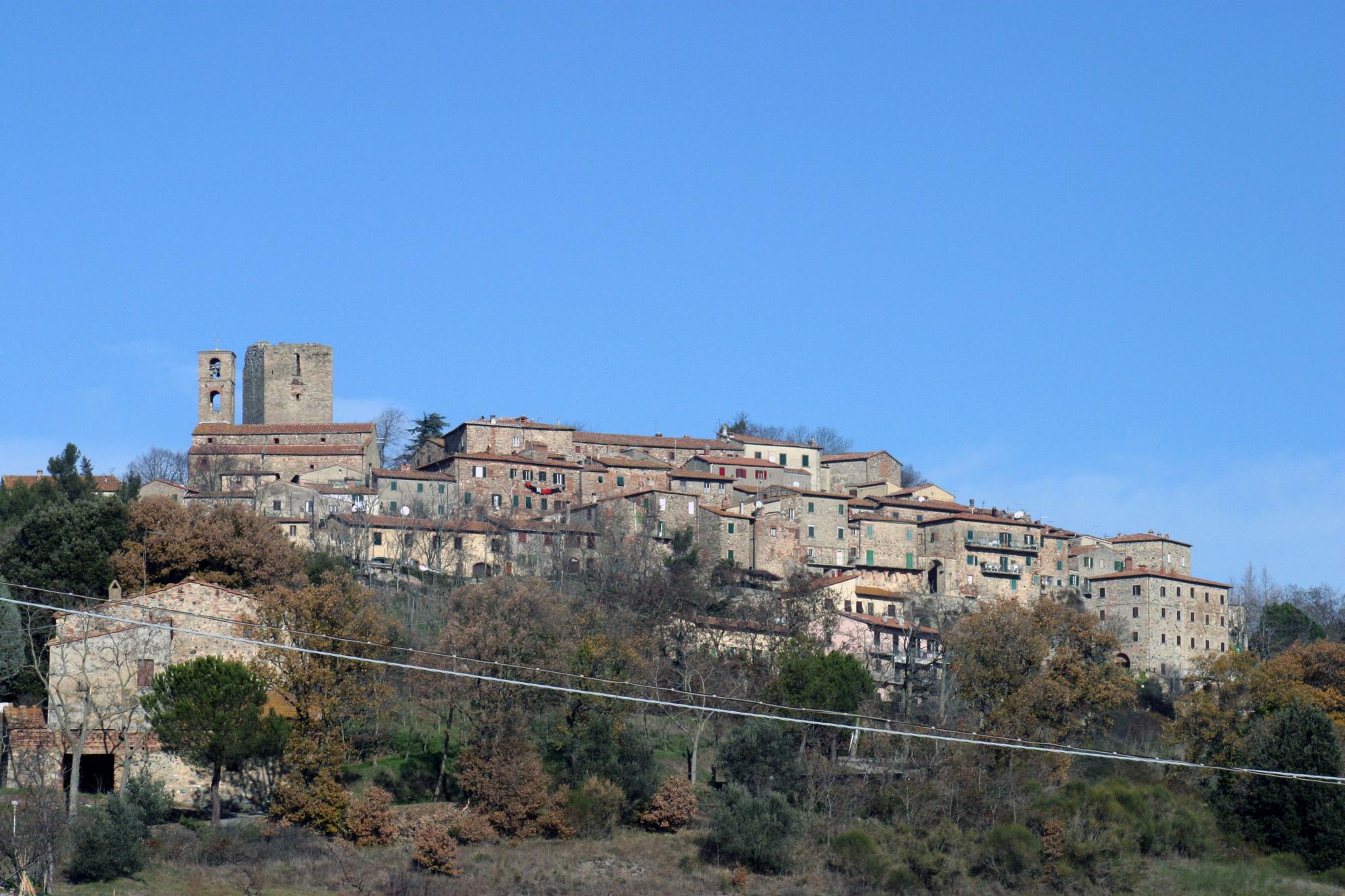
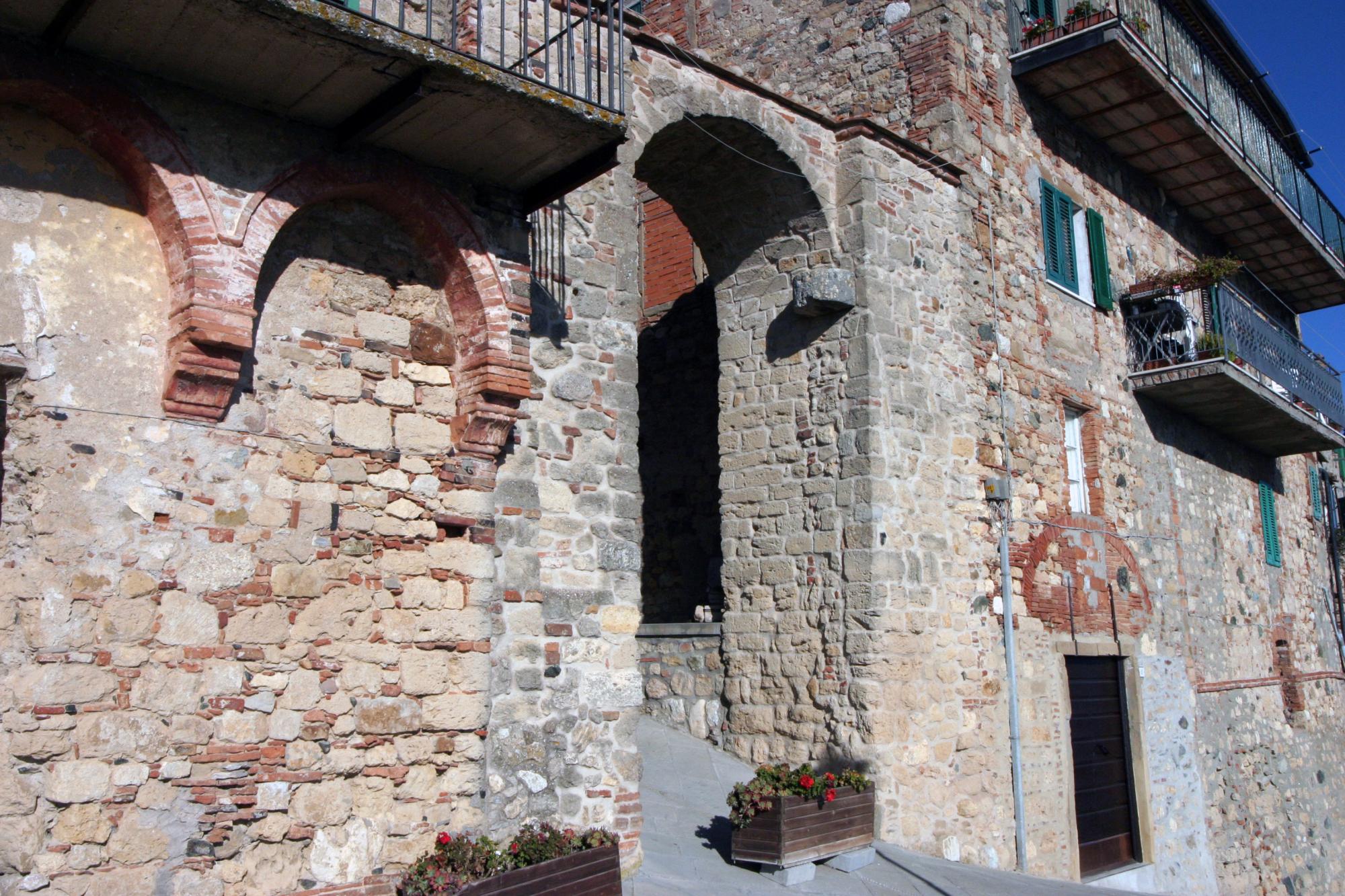
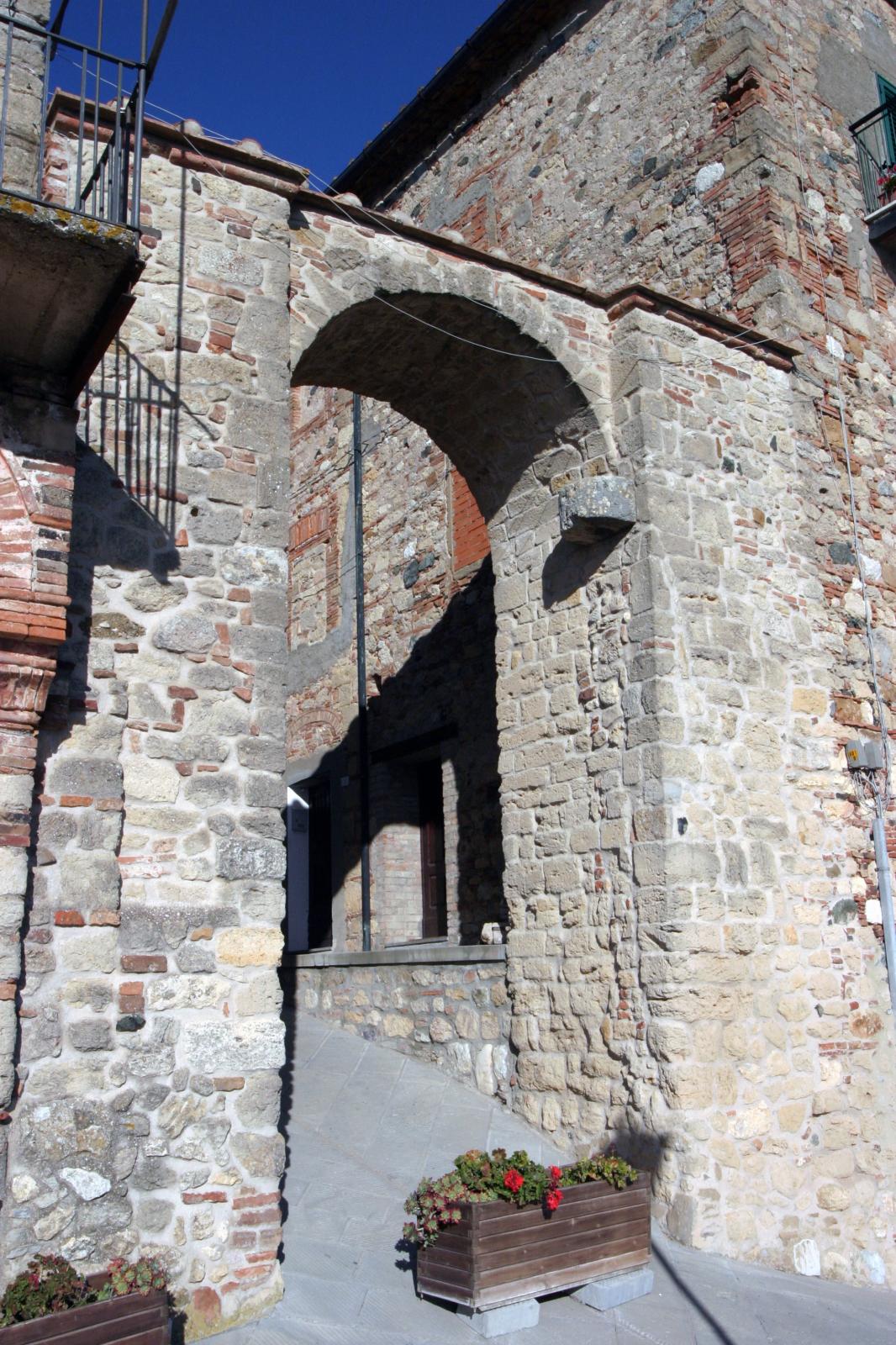
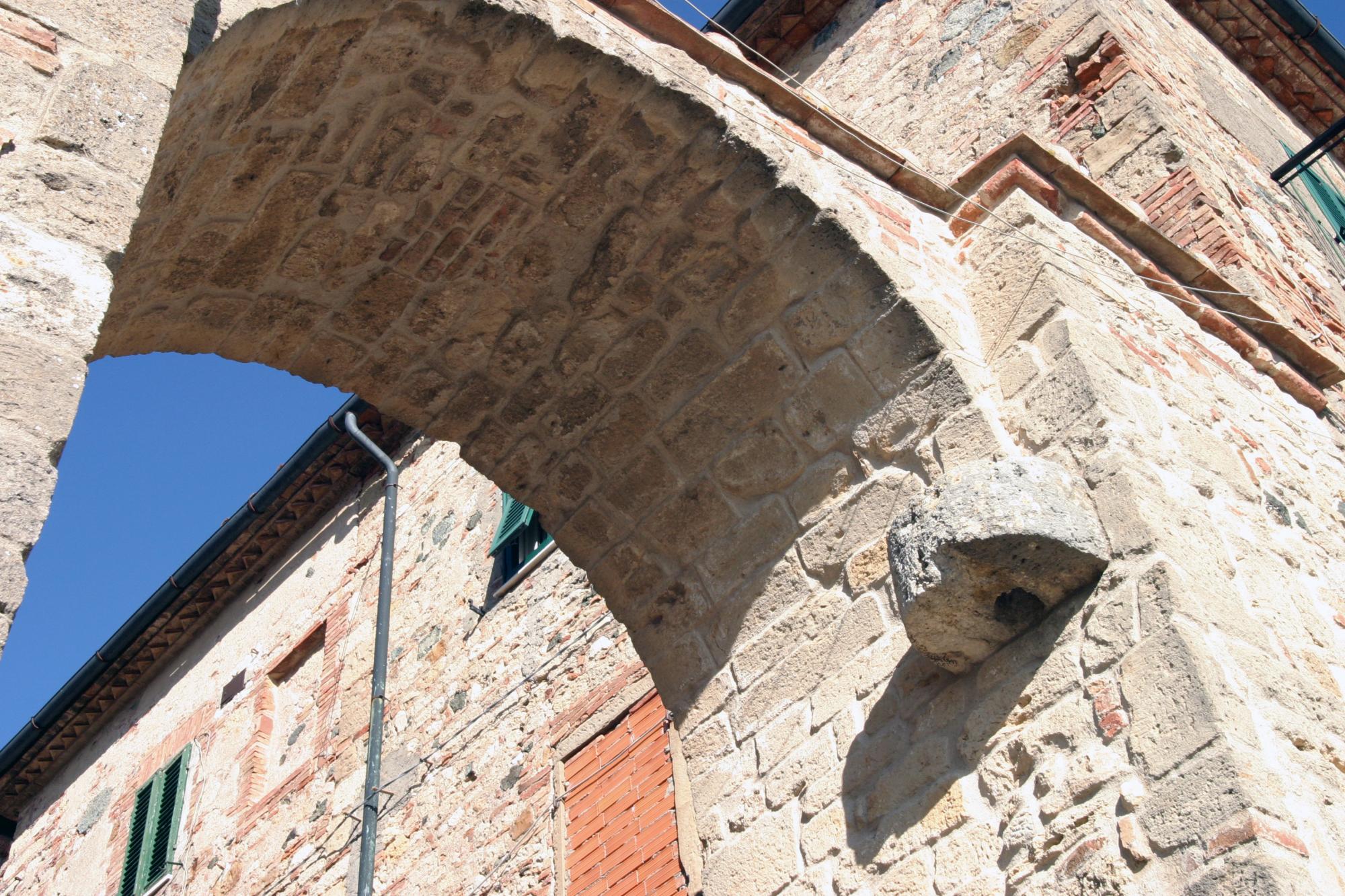
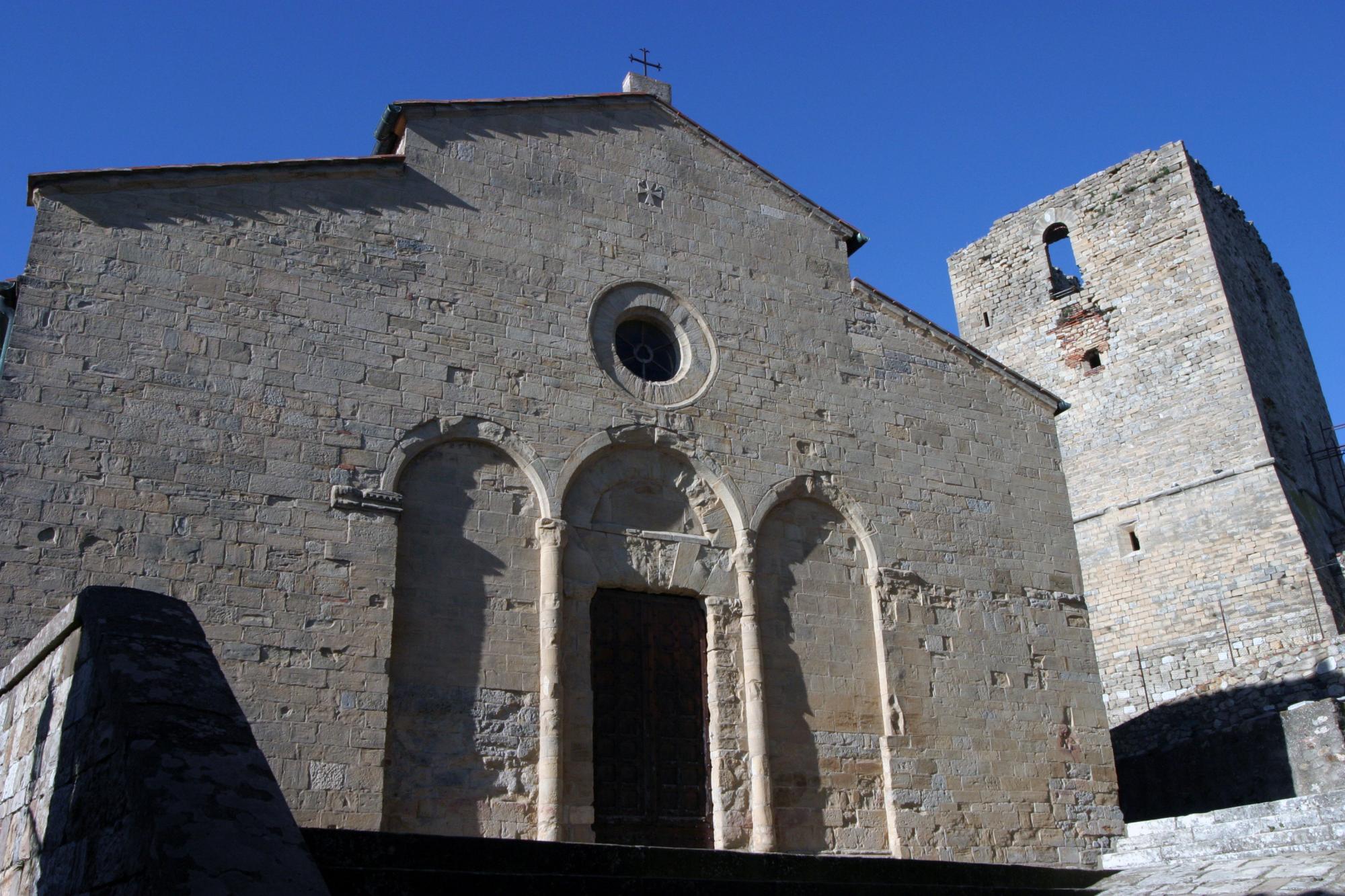
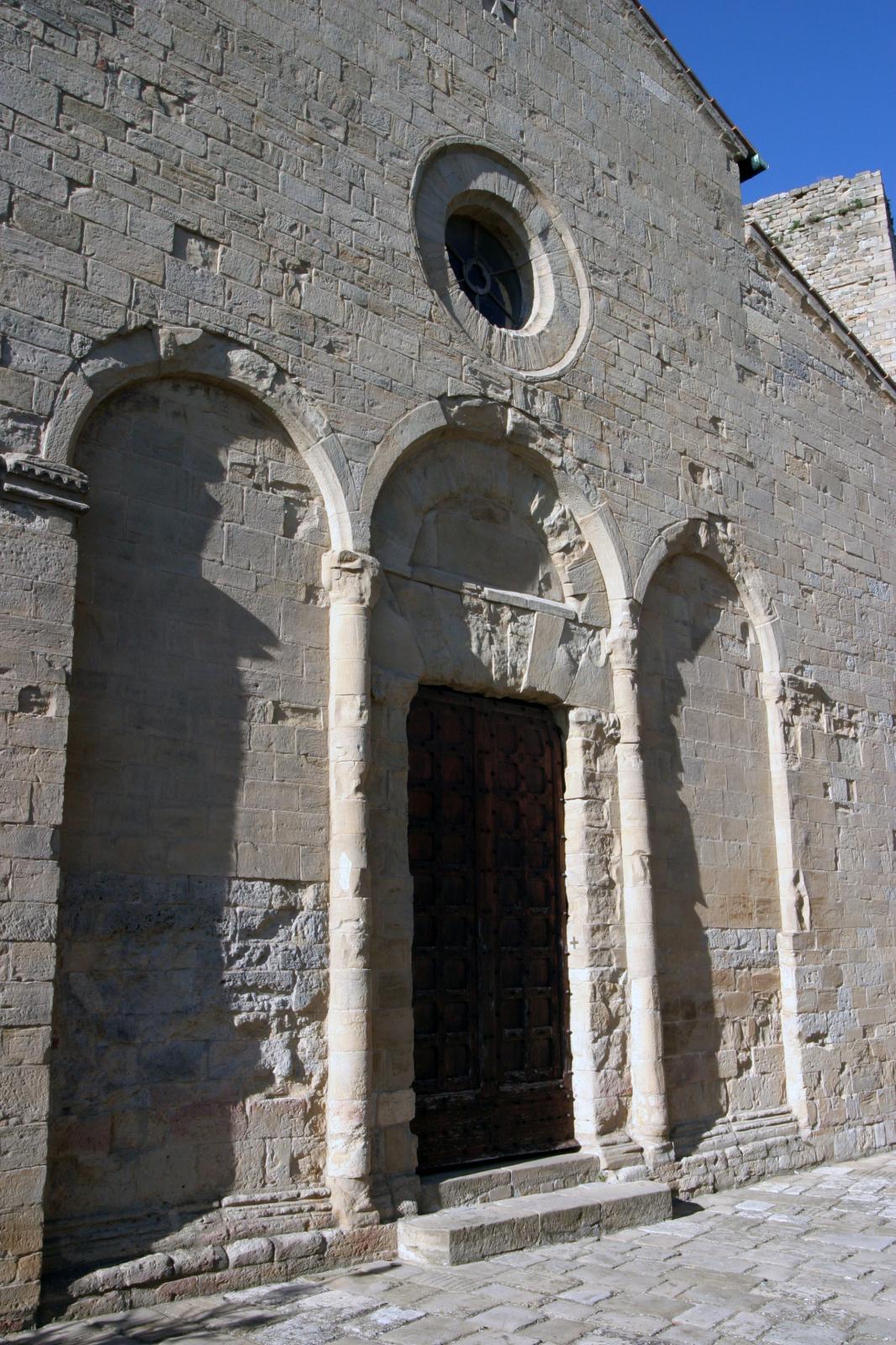
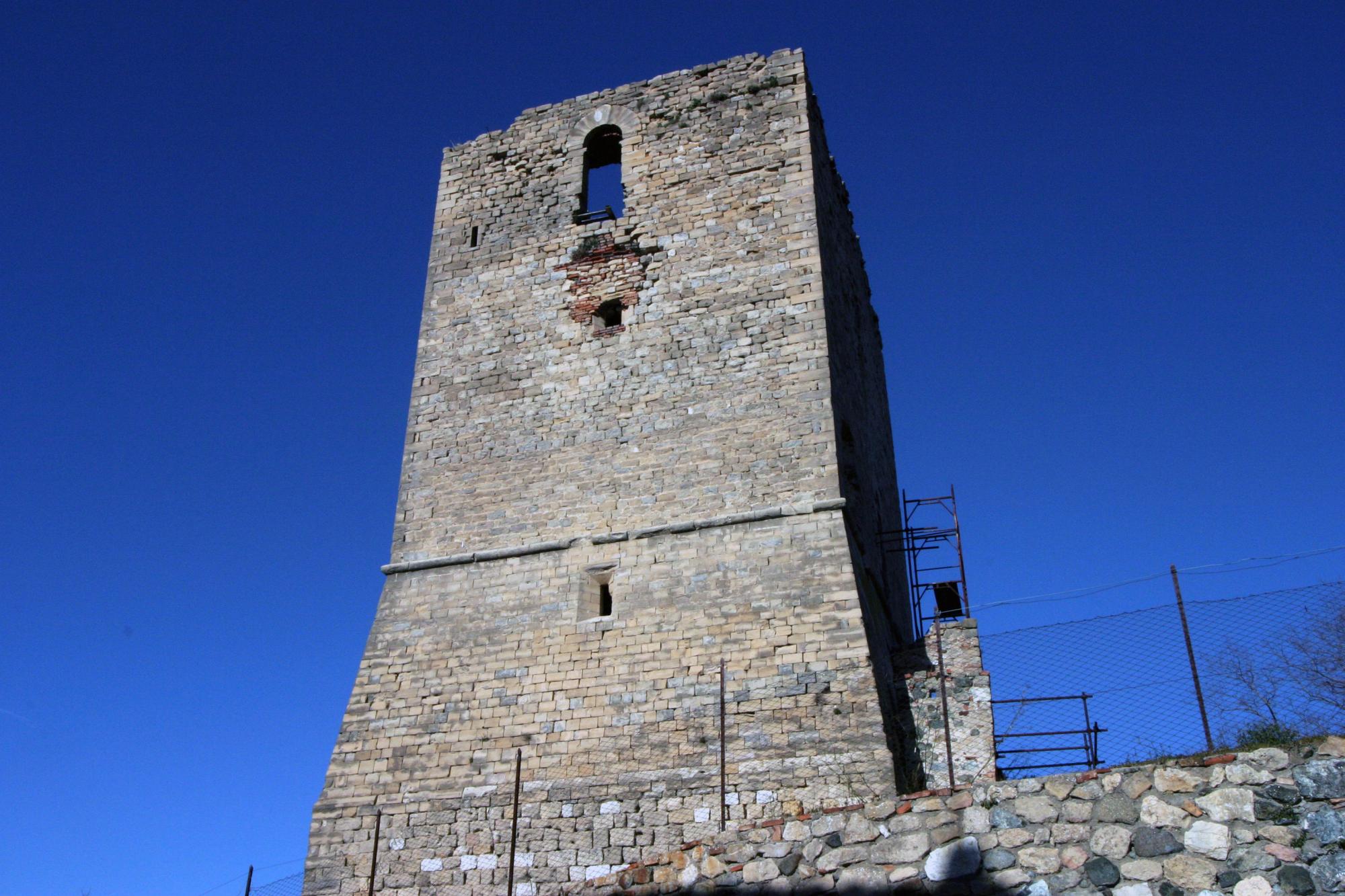
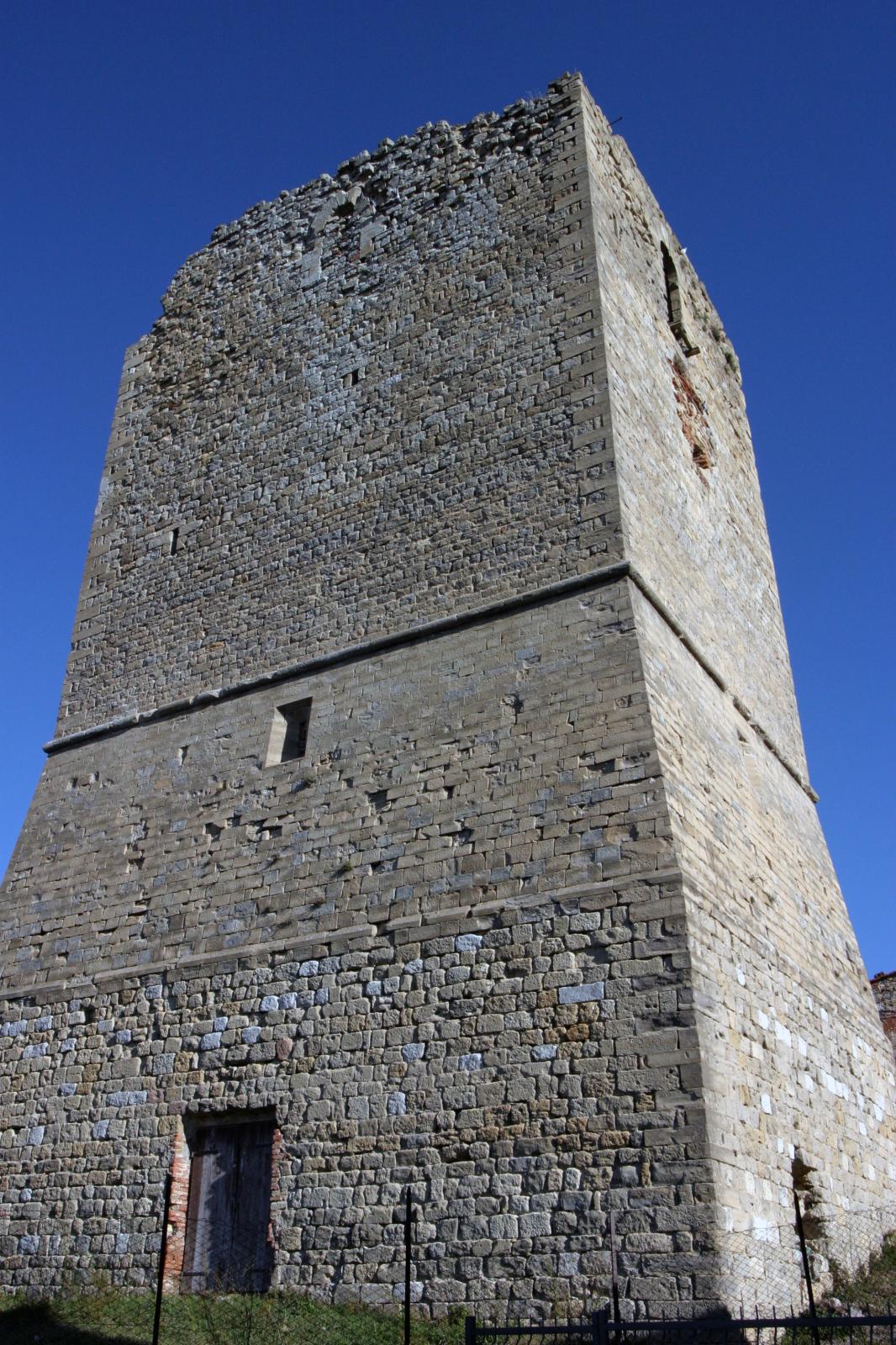
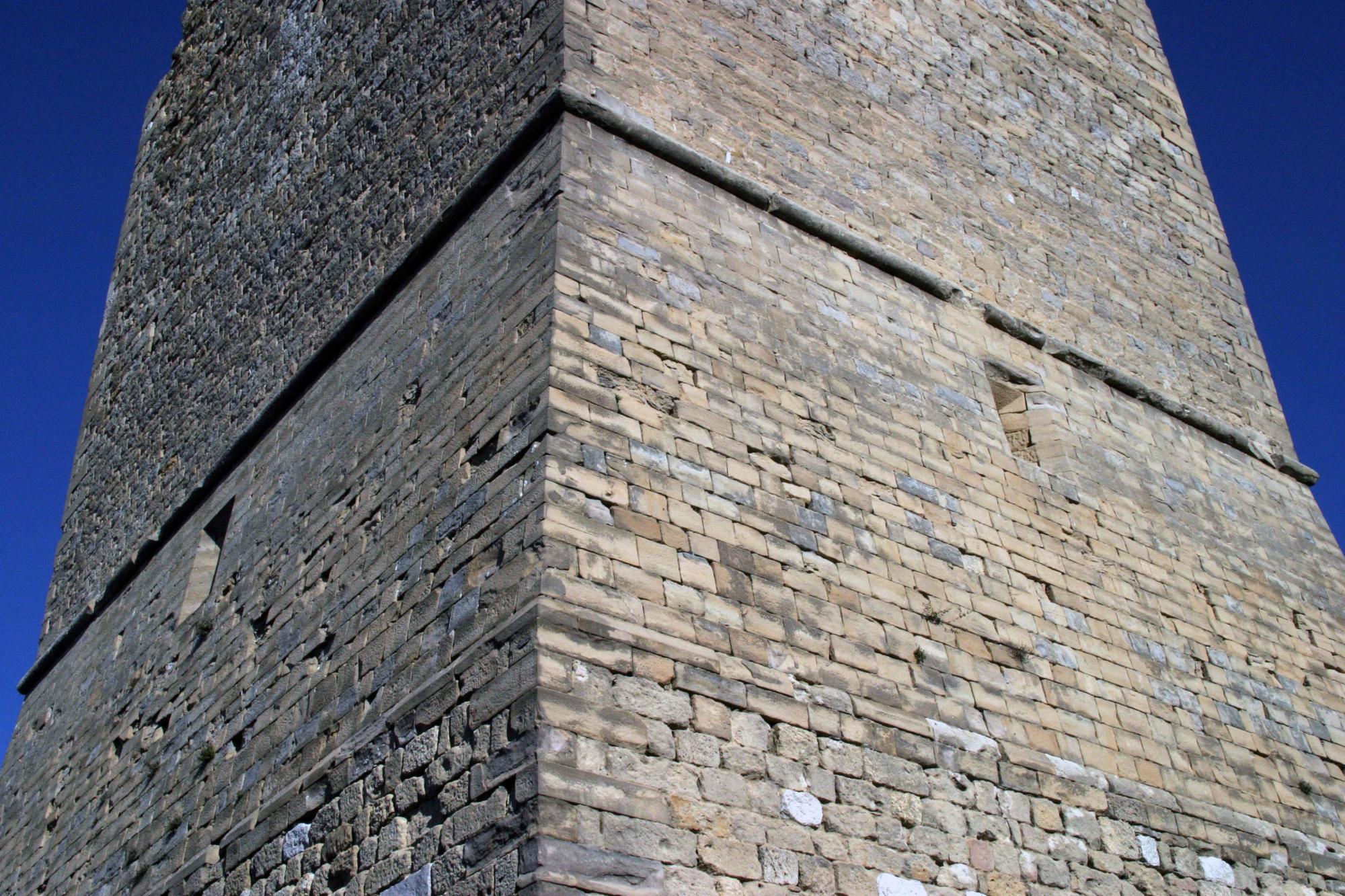
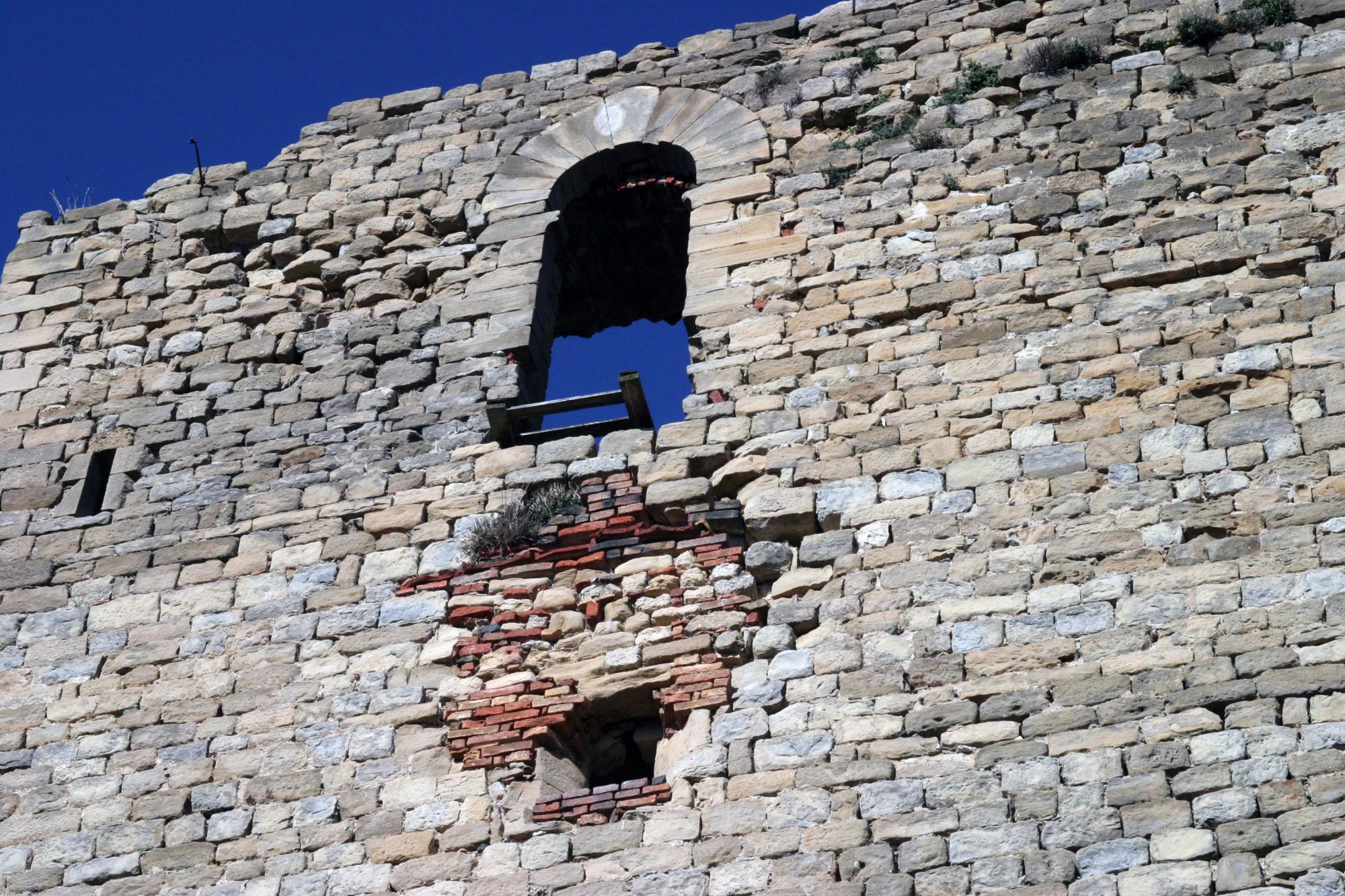
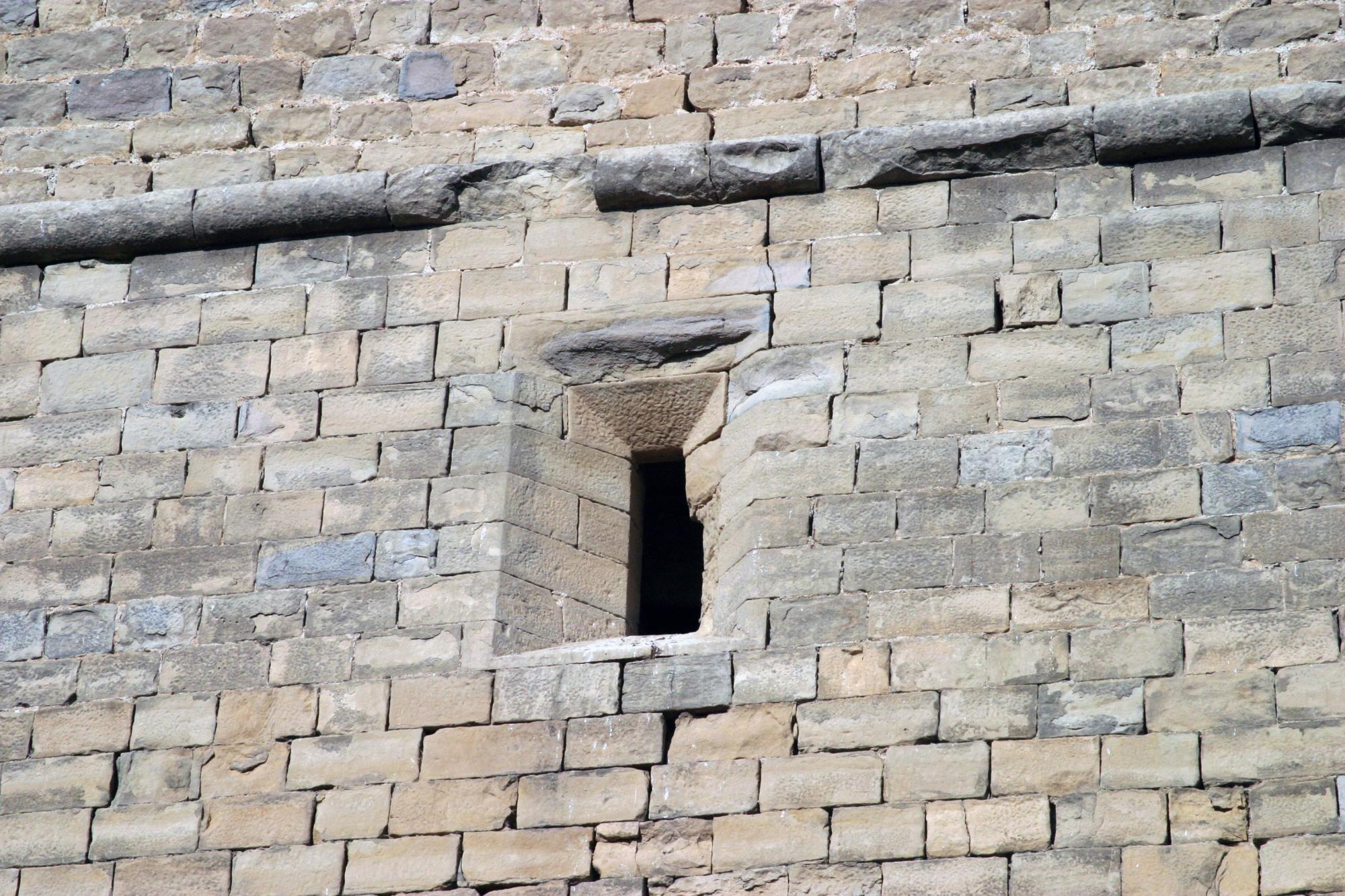
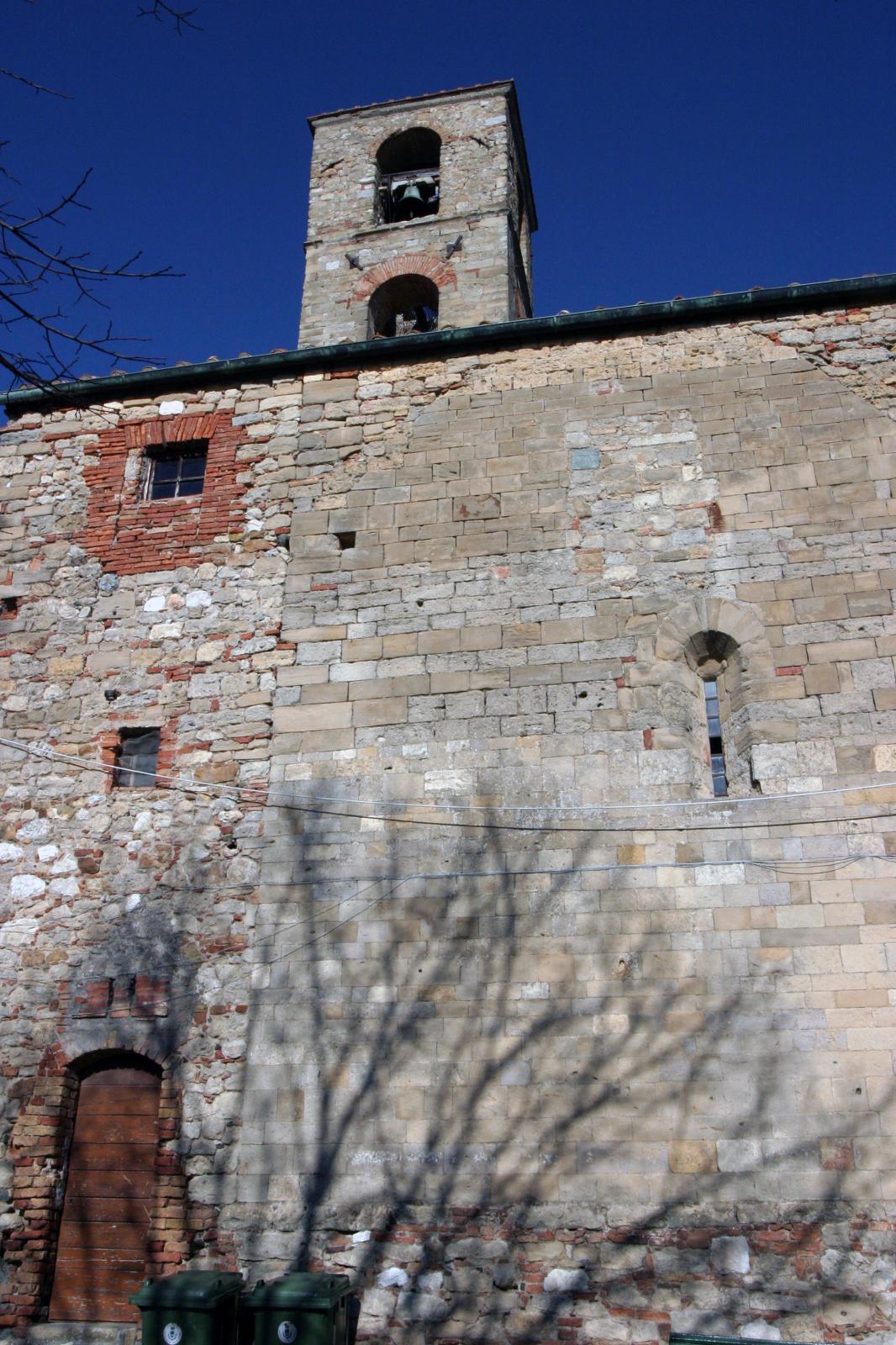












How to reach
The fortified village of Montecastelli Pisano, dominated by the Pannocchieschi's Tower, rises in the territory of Castelnuovo Val di Cecina. From Florence it is reachable following the Motorway FI-SI until the exit Colle Val d'Elsa Sud, from here you've to follow first the indications for Casole d' Elsa, then for Monteguidi and finally Montecastelli.
History
Pannocchieschi Tower and Walled Town
The ancient fortified village of Montecastelli Pisano rises on a rocky hill that dominates the underlying Pavone valley. On the opposite side stands the powerful stronghold of Rocca Sillana. Its strategic position always placed this 'castrum' at the center of fights between the city-state and the Bishops of Volterra. The Episcopal power, concerning a right acquired from some edicts emanated in the years from various emperors, tried to maximize its influence, giving Montecastelli in fief to the loyal supporters of the Pannocchieschi family.
At the beginning of the 13th century (1319), the population of Montecastelli achieved the goal of being free from the bishop's dominion and swearing loyalty to the City-state of Volterra. This did not stop the disputes between the two rivals; the skirmish continued until 1370, when the castle was incorporated into the territories of Florence. After a few years, Montecastelli came back under the control of Volterra; in 1447, it withstood to a siege by the King of Naples, Alfonso of Aragon, Army and, following the destiny of Volterra and its countryside, came back definitively under the Florentine dominion.
The little village still retains its typical medieval aspect today, with tightened narrow lanes, alleys, covered passages and houses in gray stone [the historical center has been recently restored] and it's dominated by the ruined Rocca-Torre dei Pannocchieschi, a powerful bastioned tower house.
The stone tower has a square shape, is equipped with light scarped walls. The main access is at the first floor level, but the stone stairs are disappeared [the postern on the main front is a modern gate]. In the upper part, on the side facing the Parish Church we can admire a beautiful window with pointed arch that makes us imagine the residential destination of the highest floor (on the opposite side, another window is now walled). Today [2021], the tower is returning to its ancient magnificence thanks to the restoration of world-renowned cardiologist Philipp Bonhoeffer, based on his dream of building a venue for international neuroscience congresses.
The town in encircled by few rests of it original medieval town walls, still remarkable is the Southern Gate, intact, entirely built in square stone blocks. From here, it is possible to enjoy a splendid panorama on the green underlying valley. Just beside the tower rise the splendid Romanesque parish church dedicated to the Saints Jacopo and Filippo. Bishop Ildebrando built it in 1186. The salient façade shows a wall decoration in squared ashlars and, in the central part, three big arcades: the external two ones are blind and the one in the middle frames the door.
A very simple oculus is set above the central bracing, whereas the inside has three naves divided by pillars with figure capitals; on the right aisle side there is a pointed arch window with lintel on which a hunting scene is engraved; and on the right side of the church rises the square-plan bell tower. A recent restoration has shown some Romanesque elements.
Just out of the village, following the indications towards Castelnuovo Val Di Cecina, there is the 'Buca delle Fate', a 6th BC century Etruscan hypogeum, of small dimensions but still well preserved.